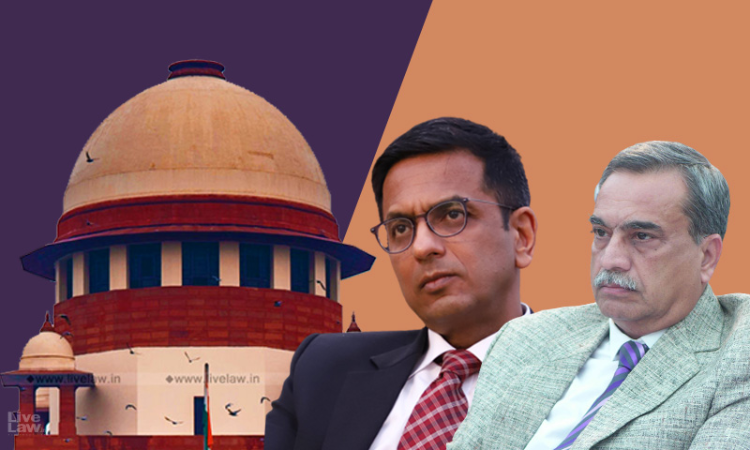Supreme Court Seeks Responses Of HCs To NCMSC Report On Aspects Of Judge Strength, Case Load, Infrastructure
Mehal Jain
7 July 2021 8:01 PM IST

Next Story
7 July 2021 8:01 PM IST
The Supreme Court on Wednesday called for the responses of all High Courts to the suggestions and recommendations of the NCMSC on the aspects of judge strength, case load and infrastructure.The bench of Justices DY Chandrachud and MR Shah passed this direction in connection with the Imtiyaz Ahmad v. State of UP matter, where on January 2, 2017, the court had ordered that until the National...
